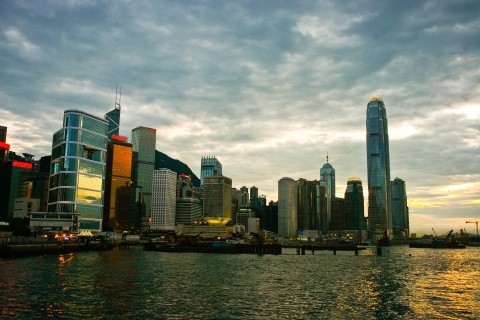
Luxury retailers starting to get hurt by Hong Kong's bad retail trends
Retailers are reassessing real estate requirements.
It has been noted that there have been changes in luxury retailers’ real estate requirements.
According to a release from CBRE, emerging retail trends—combined with changing tourism patterns and the ongoing slowdown of Hong Kong’s luxury retail sector—are already impacting luxury retailers’ real estate requirements.
This has resulted in new, and in some cases, weaker demand for different types of retail property, according to the release.
Here’s more from CBRE:
Some of the key trends that CBRE have identified include weaker interest in department stores despite continued interest in prime locations and stronger focus on flagship stores, displaying more product lines, thus making a stronger statement in the market.
These also include increased popularity in short-term opportunities for brands to set up exhibitions, pop-up and concept stores, and workshops, to generate greater consumer awareness; as well as affordable luxury brands continuing to drive demand, encouraging more shopping center landlords to offer them anchor tenant space.
Finally, this includes more interest in upper floor retail space, but limited to top-tier malls and driven by F&B and childrenswear segments.
Driven by the emergence of affluent consumers and the rise of the number of millionaires in the region, Hong Kong will remain an important market for international luxury brands as new names enter the region.
While leasing demand will slow to a more sustainable level, prime space in core areas will continue to be keenly sought after.






















 Advertise
Advertise







